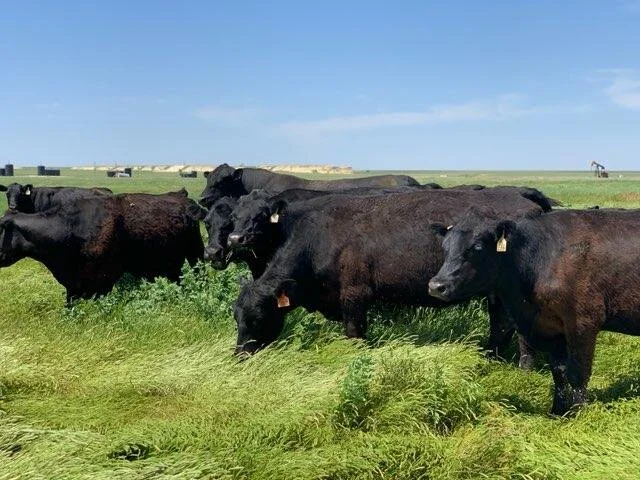Climate Week NYC 2021
Although Climate Week NYC 2021 was last week, September 20-26, there are so many “weeks” to recognize at this time of year, climate week had to wait for farm safety and health. As the saying goes…”safety first!”
In light of the ever so popular, trendy, and trending climate change discussion and movement, as a rancher, I would like to showcase the impact our industry has on the environment as well as the measures we take to continually reduce beef production factors thought to cause climate change.
Here are the impact stats:
· All of US agriculture accounts for 9% of greenhouse gas (GHG) emissions
· 3.4% of GHG emissions are from livestock agriculture
· 1.9% of US GHG emissions comes from beef production
· Meatless Mondays would reduce the carbon footprint by just .2%
· The largest contributors to GHG emissions are burning fossil fuels for electricity (28%), transportation (28%), and industry (22%)
Cattle Contributing to Clear, Blue Skies
Here’s what we’re doing about it:
· The 4-chambered stomach of cows allows them to digest plant-based food humans can’t eat, turning it into high-quality protein and reducing food waste from entering the environment
Examples: Restaurants and universities are taking part in food waste recycling for beef cattle consumption of brewer’s grains, beet tops, carrot tops, pea pulp and more
· Cattle graze areas that aren’t suitable for growing crops for human food consumption
· US beef industry reduced its water use by 3% from 2005-2011
· GHG emissions per pound of beef have reduced between 9-16% since the 1970’s
· The same amount of beef is produced today with 33% fewer cattle than in 1977
“Cattle aren’t the source of our environmental woes. They’re part of the solution to a vexing challenge: how to sustainably feed the world.”—Tryon Wickersham, Associate Professor of Animal Nutrition, Department of Animal Science at Texas A&M University
This information is just the tip of the iceberg from my “BEEF: Before the Plate” presentation that I would be happy to give to any audience wanting to learn more about the science and the story behind cattle ranching and beef production.
Go to https://link4nutrition.com/connect to contact me about presenting at your event!

